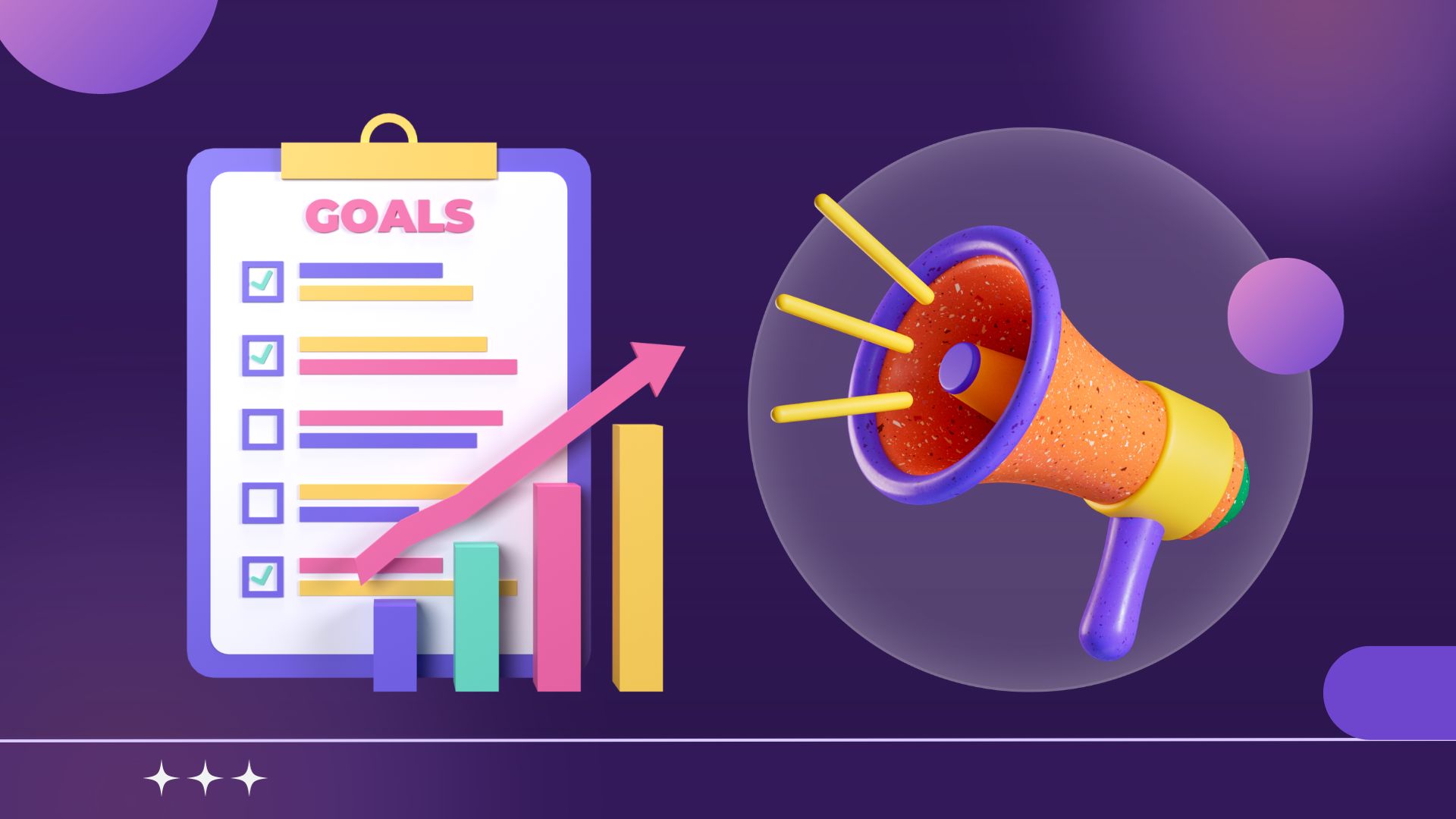Please Don’t Shoot the Customer, Part 1
Conventional wisdom says if you can't make money on some types of customers, dump them — preferably by sending them to your competition, who will be only too happy (i.e., dumb enough) to pick them up and proceed to lose money on them, just as you've done.
Many businesses tend to see customer profitability management as primarily a customer segment mix problem: An undesirably high ratio of marginal accounts doesn't generate enough revenue to earn an acceptable level of return (or simply cover costs). As such, customer profitability management initiatives usually focus exclusively on ways to attract large-volume or high-end customers and how to get rid of marginal or smaller accounts.
With competition for the biggest and best customers white-hot and in light of current market conditions (which, despite recent upbeat economic indicators, don't look like they're going to recover any time soon), businesses are rethinking ways to improve customer profitability.
Instead of looking externally, they are taking a hard internal look at how to lower costs and redesign business processes to profitably serve smaller accounts, marginally profitable accounts, or both.
In this article, the first of a three-part series, we'll look at some of the major trends in customer profitability management. In parts two and three, I'll examine a case study in the retail brokerage business, then describe a new concept in helping businesses better serve the needs of both large and small customers.
Appearances Can Be Deceiving
One of the big lessons to emerge from recent customer segmentation studies is appearances can be deceiving. Small doesn't always mean small. Big isn't always better.
The problem with dumping your small accounts is you never knows whether a small client will soon become a big one. Even more disturbing is the “six degrees of separation” risk. One rarely knows whether the small client one plans dump might be related to or close friends with a current big client or important prospect — a household or family you don't want to alienate or offend.
Bigger isn't always more profitable. Until recently, most businesses had only broad financial metrics to measure client/account or segment profitability — primarily revenue and some general allocation for direct costs and overhead, which yielded gross margin.
Now, with more granular ways to more accurately capture and allocate cost to serve by account or customer segment, businesses are discovering bigger isn't always better. Many larger accounts demand steep volume discounts and require extensive servicing, which can drive profit margins from razor thin to negative.
Perhaps more significant, these firms are realizing their cost-to-serve problem often isn't a customer mix problem. Rather, it's a structural or productivity problem that artificially or unnecessarily raises the cost to serve customers' needs and requests, making them unprofitable.
Who's the Problem, You or Them?
For some businesses, responding to any service request wipes out that account's current and future profitability. That's because the organization is so fragmented and many different products and services are so disparate, incompatible, or poorly designed, that the business made itself difficult for a customer to engage with. Its offerings are hard to use or service.
In the worst cases, the simplest service request takes forever and costs the company a fortune to handle because it's all done manually on an exception basis. No one bothered to develop and communicate a formal process to field questions, respond to complaints, or deal with the inevitable consequences of product defects, shipping or billing mistakes, or just plain human error.
In part two, we'll look at a real-life case study of customer profitability management in the retail brokerage industry.
Got an interesting insight, opinion, or real-world example to share? What are your thoughts? Please write to me at [email protected]. Stay tuned for parts two and three.
Reprinted from ClickZ.




